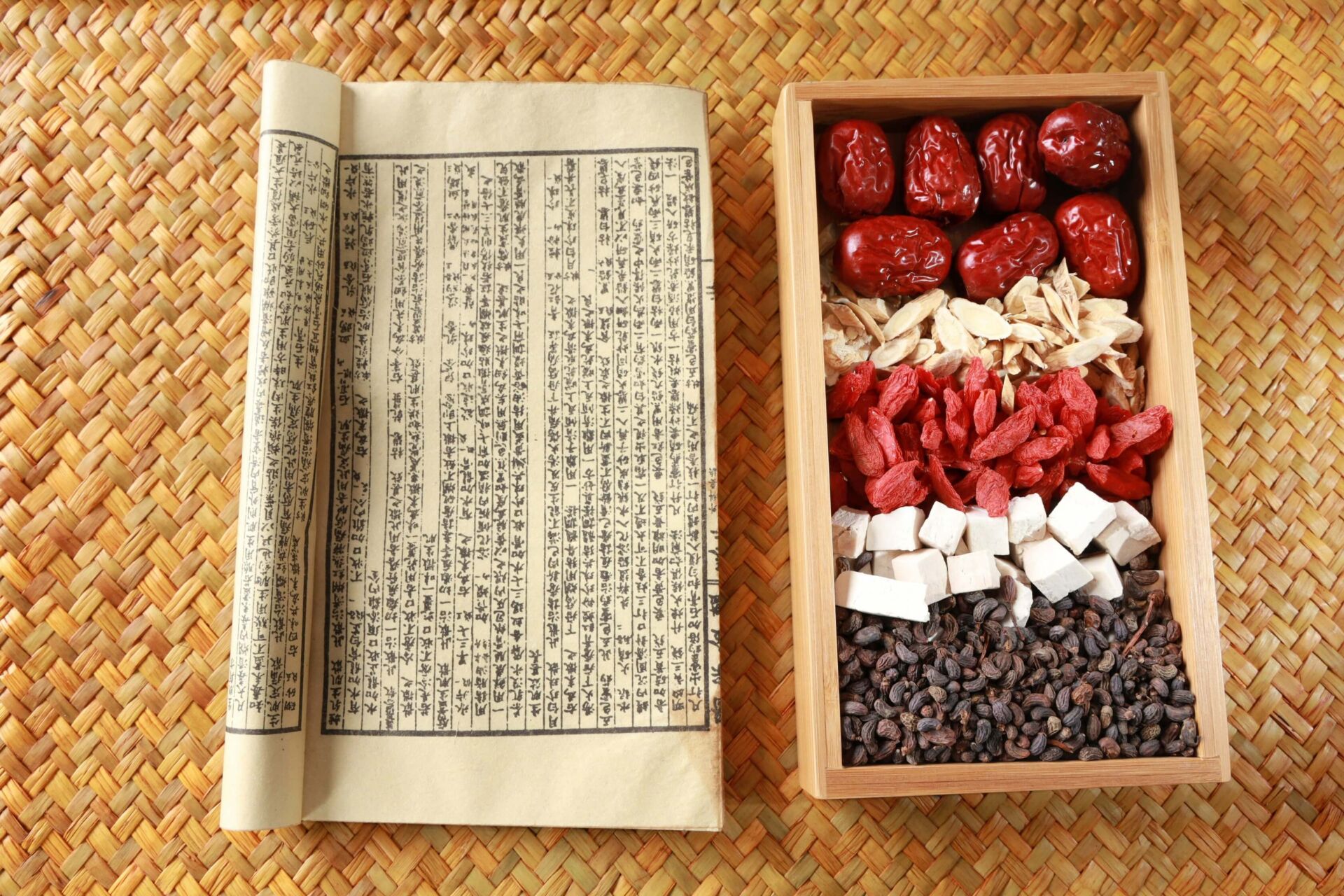As a foreign teacher in Korea, you handle packed schedules and high stress. But when you need a gentle health boost—something less harsh than strong Western meds—you can turn to Hanbang (Traditional Korean Medicine).
These aren’t folk tales; they’re standardized, science-backed herbal formulas you can grab at any yakguk (약국) for usually under 10,000 KRW. Unlike obscure tonics, these are easy-to-use, low-side-effect pharmacy staples that address the common pressures of expat life.
Here are 9 essential Korean herbal remedies tailored for the busy teacher’s survival kit.
Part 1: The Stress, Sleep, and Focus Fixes
1. Uhwangcheongsimhwan (우황청심원):
- Core Use: Anxiety and Stress. Ideal for high-stakes moments like interviews.
- Teacher Tip: It calms the HPA axis (stress response) without heavy sedation. Ask the pharmacist for the common, cheaper ‘Cheongsimhwan’ (청심환).
2. Cheonwangbosimdan (천왕보심단):
- Core Use: Insomnia and Racing Thoughts. Stops the cycle of overthinking that prevents sleep.
- Teacher Tip: Supports sleep and concentration. Take 1-2 tablets before bed to stabilize your mind.
3. Gongsindan/Gongjindan (공진단):
- Core Use: Focus and Energy Reserves. Known as the Emperor’s premium tonic.
- Teacher Tip: Helps manage sustained physical and mental stress, boosting long-term concentration and vitality.
- Note on Price: Due to premium ingredients like deer antler velvet (녹용), pharmacy versions typically start around 40,000 KRW per pill, making it significantly more expensive than other listed remedies.
Part 2: The Fatigue, Cold, and Vision Fighters
1. Ssanghwatang (쌍화탕):
- Core Use: Chronic Fatigue and Recovery. A popular, warming fermented tonic.
- Teacher Tip: Excellent for deep recovery after illness or long travel. Some studies note its anti-melanin (skin-brightening) properties.
2. Galgeuntang (갈근탕):
- Core Use: Cold and Muscle Aches. A fast-acting formula for the onset of a cold.
- Teacher Tip: Relieves sniffles, headaches, and tension in the upper back/neck from grading. Caution: Discuss with a doctor if mixing with high-dose painkillers.
3. Gami-Chunggansan (가미청간산):
- Core Use: Eye Strain and Headaches. Traditionally cools the “liver heat” affecting the eyes.
- Teacher Tip: Soothes eye dryness, strain, and resultant headaches from prolonged screen time (laptops, grading).
Part 3: The Digestion Helpers
1. Pyeongwisan (평위산):
- Core Use: Indigestion and Bloating. The foundational remedy for ‘harmonizing the stomach.’
- Teacher Tip: Perfect for general indigestion or feeling overly full after meals.
2. Pyeongwioreungsan (평위오령산):
- Core Use: Bloating and Diarrhea. Similar to Pyeongwisan, but adds ingredients to help manage the balance of gut moisture.
- Teacher Tip: Better for those with mild loose stools or stomach sensitivity due to travel bugs.
3. Banhashasimtang (반하사심탕):
- Core Use: Nausea and Subtle GI Upset. A gentle brew that settles the upper digestive tract.
- Teacher Tip: Great for motion sickness, low-level chronic nausea, or minor heartburn.
Getting Started: Your Pharmacy Visit Protocol
- Find a Yakguk: Use Naver Maps to search for “약국 near me.”
- Show This Post: Pharmacists are your best resource! Simply show them this post on your phone. Pointing to the Korean name and stating your main symptom (e.g., “피로 [Piro], fatigue”) will help them find the right standardized product for you quickly.
- Ask for OTC: Confirm that the remedy is available over-the-counter and safe for your needs.g your time in Korea.
Disclaimer: This is for general informational purposes only and is not medical advice. Always consult a healthcare professional for personalized guidance, especially if you are on current medication or have pre-existing conditions.

